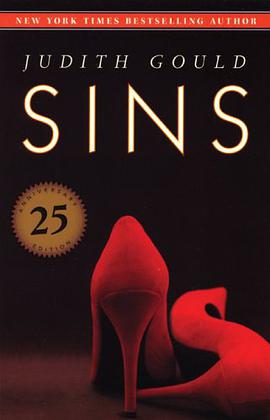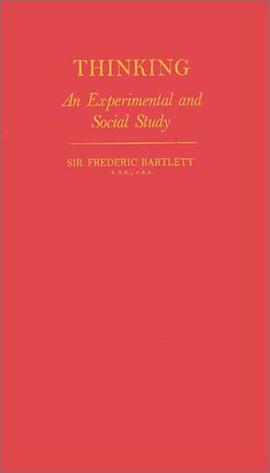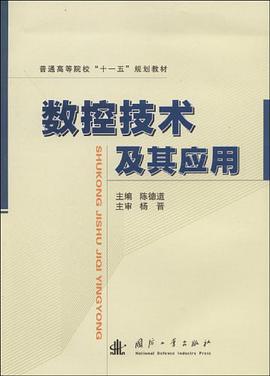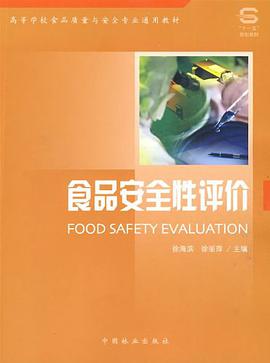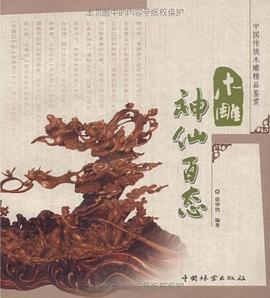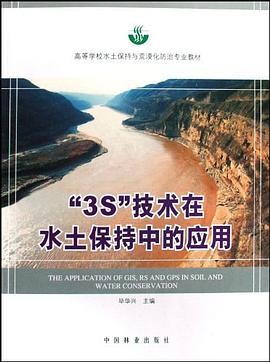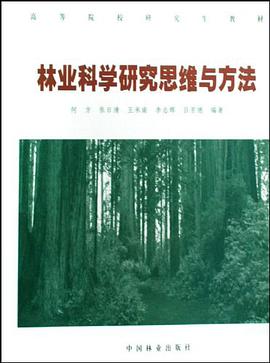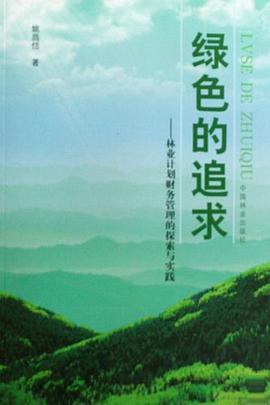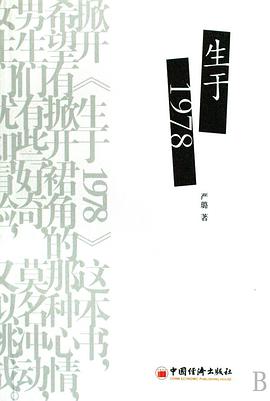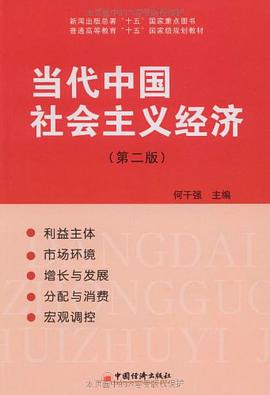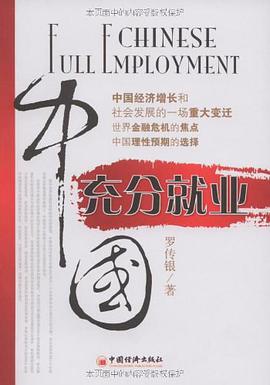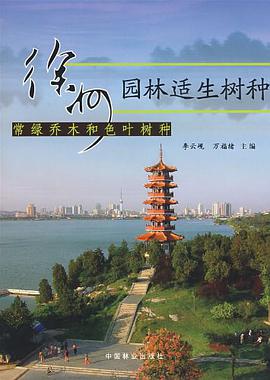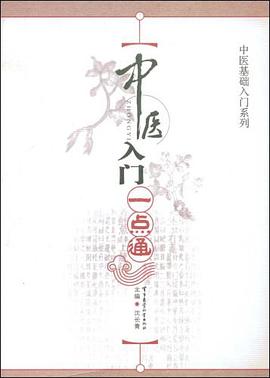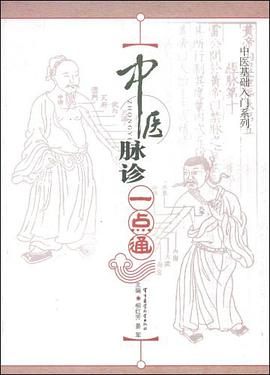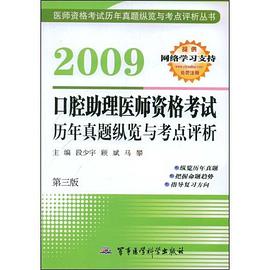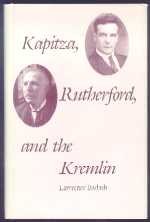

Of all the young scientists attracted to work with Rutherford, only Kapitza and a radio scientist carved out their own research fields. Kapitza was the most colourful and the one with international intrigue.
After one year of working with Rutherford, during which he confirmed that the alpha particle had no energy left at the end of its range in air, Kapitza convinced Rutherford to fund the development of methods of producing pulsed, but very high, magnetic fields. As these might be of use to Rutherford's work, who had been the first to use magnetic fields to deviate alpha particles, Rutherford raised considerable sums in support of Kapitza, culminating in having the Mond Laboratory built. By then Kapitza had expanded into low temperature physics. So when Kapitza returned to Russia for his usual summer visit in 1934 it was a shock to all to learn that Russia was not allowing his return to Cambridge. Kapitza was thus forced to advance science and technology in his homeland. Rutherford's fruitless, behind-the-scenes then public negotiations were finally abandoned and his last support of Kapitza was to allow Russia to purchase much of Kapitza's equipment at the Cavendish. In 1978 Kapitza was awarded a Nobel Prize in Physics for "his basic inventions and discoveries in the area of low-temperature physics." His helium liquifier was commercialised by Collins and the Arthur D Little companies and facilitated low temperature research world-wide.
Larry Badash has drawn on Rutherford's correspondence and papers, and Kapitza's correspondence to his wife. She was still in Cambridge during the first year of his new life in Russia so extracted parts of those letters for Rutherford.
具體描述
讀後感
評分
評分
評分
評分
用戶評價
相關圖書
本站所有內容均為互聯網搜索引擎提供的公開搜索信息,本站不存儲任何數據與內容,任何內容與數據均與本站無關,如有需要請聯繫相關搜索引擎包括但不限於百度,google,bing,sogou 等
© 2025 qciss.net All Rights Reserved. 小哈圖書下載中心 版权所有




